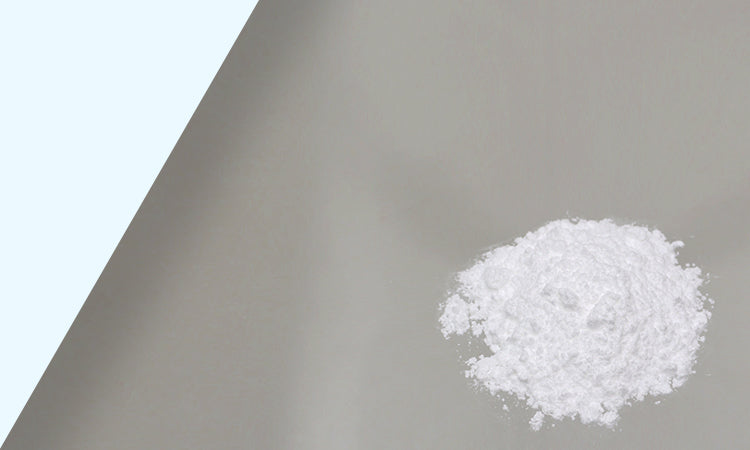
Image Source – Google
When it comes to preserving the shelf life and safety of products, liquid preservatives play a vital role. These preservatives are used in a wide range of products including food, beverages, cosmetics, and pharmaceuticals to prevent microbial growth, oxidation, and spoilage. Understanding the science behind liquid preservatives is crucial for ensuring the quality and safety of these products.
One of the key functions of liquid preservatives is to inhibit the growth of microorganisms such as bacteria, yeast, and mold. These microorganisms can spoil products and pose a health risk to consumers. Liquid preservatives work by disrupting the cellular processes of these microorganisms, preventing them from reproducing and causing spoilage. Common liquid preservatives used for this purpose include parabens, benzalkonium chloride, and sorbic acid.
In addition to controlling microbial growth, liquid preservatives also help prevent oxidation, which can lead to rancidity and deterioration of products. Oxidation occurs when oxygen comes into contact with the product, causing a chain reaction that can result in off-flavors, discoloration, and loss of nutrients. Liquid preservatives such as antioxidants like vitamin E and BHT (butylated hydroxytoluene) help to neutralize free radicals and prevent oxidation from occurring.
When selecting liquid preservatives for a product, it's important to consider factors such as pH, solubility, compatibility with other ingredients, and regulatory restrictions. Different preservatives are effective at different pH levels, so it's crucial to choose a preservative that is stable and active within the pH range of the product. Solubility is another important factor to consider, as the preservative must be able to dissolve evenly in the product to ensure uniform protection. Compatibility with other ingredients is essential to prevent interactions that could reduce the effectiveness of the preservative. Finally, regulatory restrictions must be taken into account to ensure that the preservative is approved for use in the specific product and region.
It's also important to use liquid preservatives at the correct concentration to ensure effectiveness without causing harm to consumers. Preservatives that are used at too low a concentration may not be able to adequately protect the product from spoilage, while those used at too high a concentration can lead to irritation or allergic reactions in consumers. The optimal concentration of a liquid preservative will depend on factors such as the type of product, pH, temperature, and intended shelf life.
When formulating products with liquid preservatives, it's essential to conduct stability testing to evaluate the effectiveness of the preservative system over time. Stability testing involves exposing the product to various conditions such as temperature, light, and humidity to simulate real-world storage conditions. By monitoring the product for changes in color, odor, texture, and microbial growth, formulators can determine the shelf life of the product and make adjustments to the preservative system as needed.
Overall, understanding the science behind liquid preservatives is essential for maintaining the freshness and safety of products. By selecting the right preservatives, using them at the correct concentration, and conducting thorough stability testing, formulators can ensure that their products remain stable, safe, and shelf-stable. Liquid preservatives play a crucial role in preserving the quality of products and protecting consumers from harmful microorganisms and oxidation. With the right knowledge and diligence, formulators can create products that are not only effective but also safe for consumers to use.